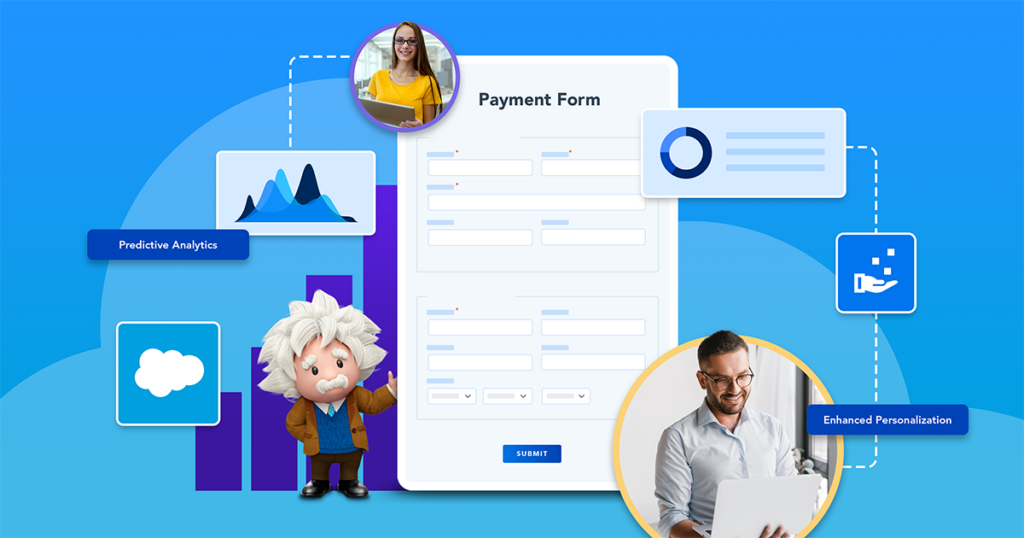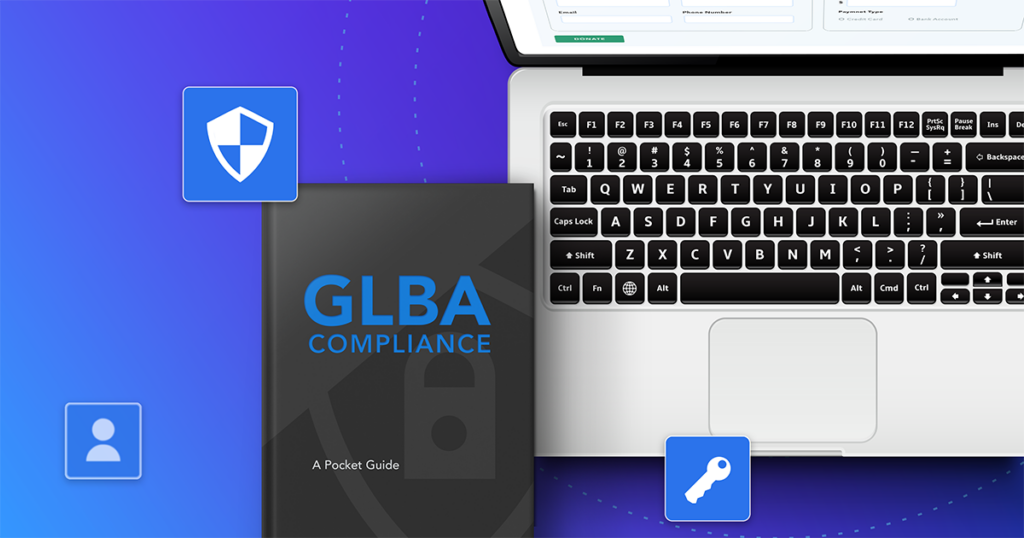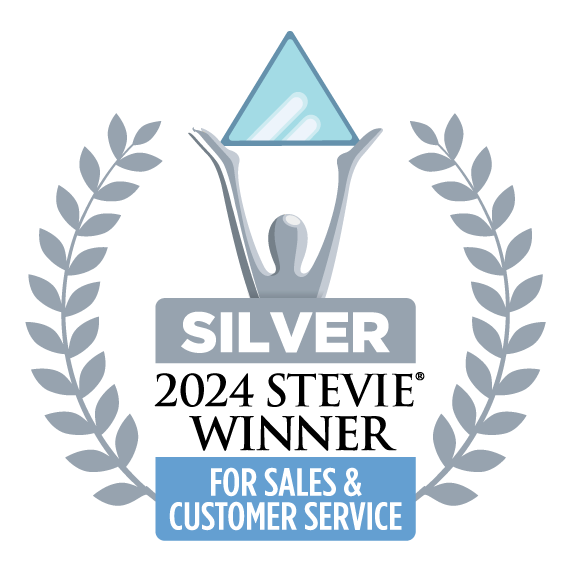At FormAssembly, we don’t just help you create forms. We help you create user-friendly, smart, and connected web forms that align with your organization’s brand. If you’ve been feeling stuck in the web form design process, we’ve put together a few pieces of advice that you can use on your forms today. Let’s get started!
1. Paper forms don’t equal web forms
Forms are forms, right? Not exactly. If you’re planning to replace your paper form processes for a web form solution, it can be tempting to copy your paper forms directly to the digital version. Field for field, no changes in the layout.
This might be the easiest solution, but it’s not the best in terms of usability, user experience, or conversion rate. Remember, digital forms do not have the same constraints as paper forms. You no longer have to save space by cramming as many fields as possible into one sheet of paper.
Spread out fields and consider one-column layouts, which can be less taxing for your audience to navigate and fill out. If you have web forms that are long and will require a lot of scrolling, consider breaking them up onto multiple pages.
Lastly, consider using conditional fields that only appear if a user enters a certain answer. That’s definitely not something that you can do on paper, but your users will appreciate the streamlined look and ease of use.
2. Be creative, not just functional
Why would you create a beautiful, unique website, only to use generic and boring contact forms? It doesn’t make a lot of sense, does it? You don’t want your website visitors to be confused by a contact form that doesn’t look like it belongs to your organization. This can give the impression that the form is spammy or unsafe to fill out. Forms can be as beautiful and well-designed as they are functional.
Make sure your branding is cohesive across all areas of your website, including your contact forms. This means matching the fonts, colors, and messaging of your organization to your forms. FormAssembly’s web form platform makes this easy with drag-and-drop functionality, with the ability to customize logos, fonts, and colors.
3. Simplify form navigation
Forms should be as easy as possible for your audience to fill out. For instance, do your forms require people to do an unnecessary amount of work just to answer simple questions?
Consider a drop-down menu. To make a selection from this type of form field, a respondent has to click on the drop down to view the options. They have to click again to scroll through the options, and they have to click a final time to select an option. By using radio buttons instead, a respondent can view all options at once and quickly click their choice..
In addition to the types of form fields you use, this tip also applies to the layout of your web form. Sticking to a single-column layout reduces the amount of clicking your audience needs to do to complete your form.
4. Minimize the number of form fields
To get something you want from customers, you have to offer something of value in return. If your form asks for too much information without providing enough value, your customer might not see the point of sharing their contact information with you.
Consider how much you’re asking of the people filling out your forms and whether it equals what you’re offering. Some forms only ask for a few details of information (and in return you’ll get a downloadable resource, etc.), but others ask for your title, your industry, multiple forms of contact information, and even your budget.
Removing unnecessary fields is also a security best practice. Your forms should be collecting only a minimal amount of information from your audience. Think about what your form offers or its purpose and cut out unnecessary fields. Think about what your form offers and cut out unnecessary fields.
Learn more about web form design
Check out our best practices in web form design in our Ultimate Guide to Web Forms or by downloading our eBook, 4 Steps to Better Web Forms.



